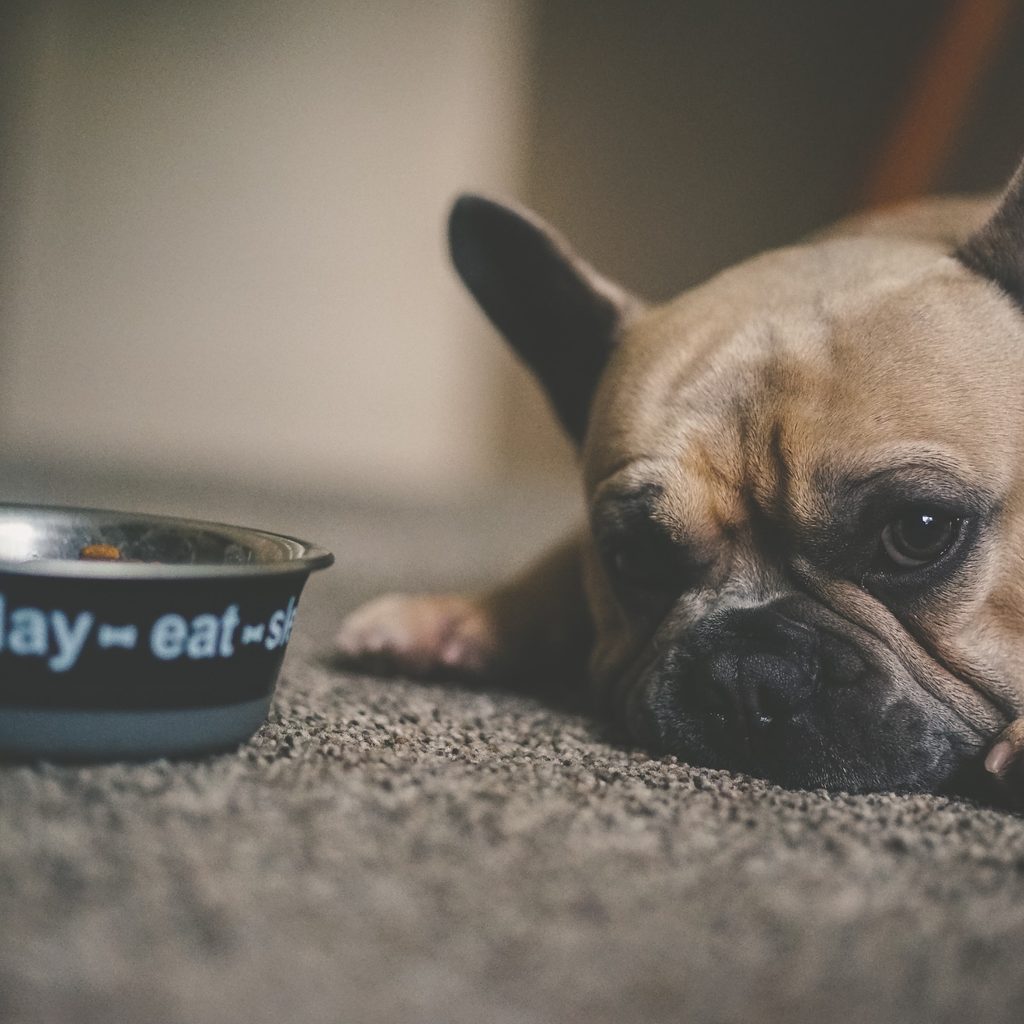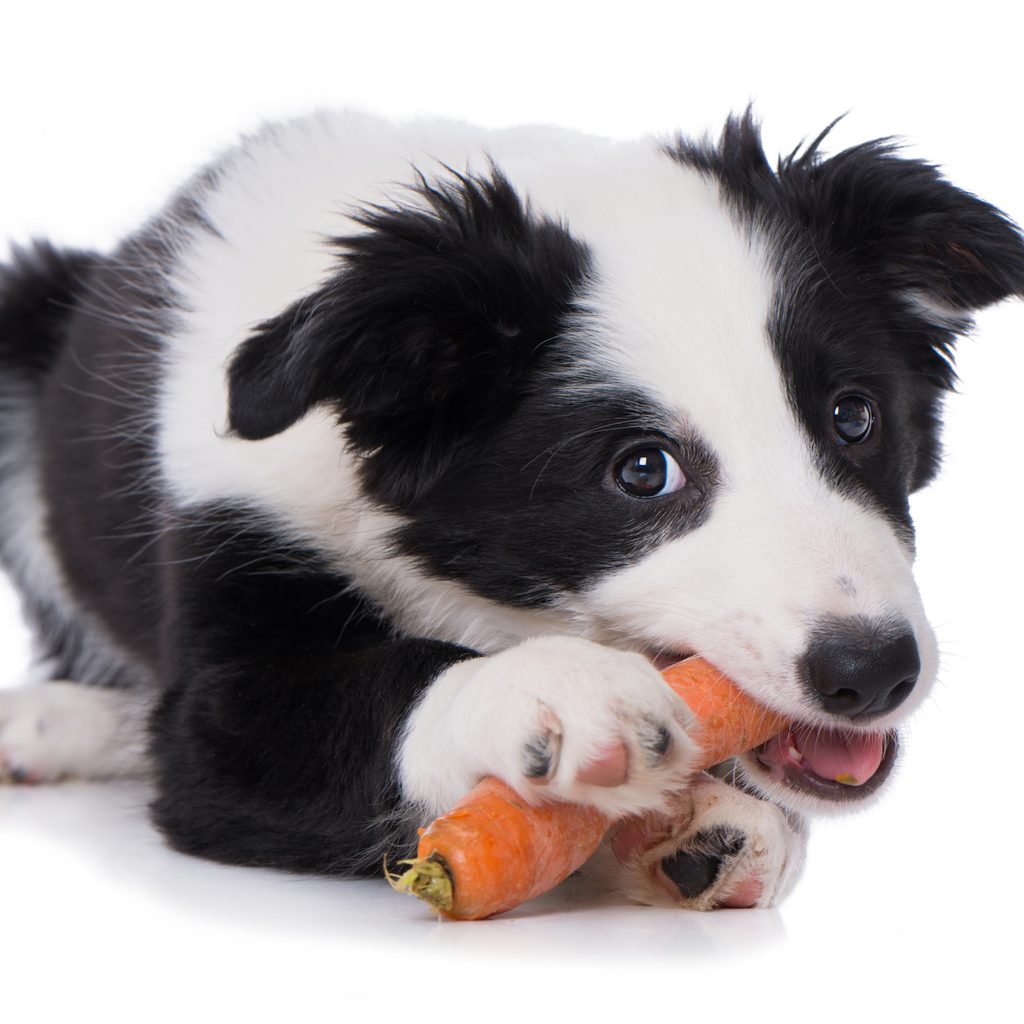We all can spot the signs that our dog isn’t feeling well: the droopy eyes, the dry nose, the accidents in our living rooms. Like humans, dogs get sick, and they can have similar digestive issues as well. Anytime you think your pooch might be feeling under the weather, be sure to schedule a trip to the vet to see if there’s anything more serious going on. Even if it’s just a bad stomach, your animal doctor might be able to give you some meds to make your pup feel better. But if your dog doctor says it’s just the sniffles or a tummy ache, you may be sent home to nurse him back to health yourself. So, what’s the dog equivalent of chicken noodle soup (we don’t literally suggest it)?

What to feed a sick dog with no appetite
If your dog is turning his nose up at his kibble, you may need to look into alternatives. When your pup’s unable to keep anything down, you should pull aside his food and water dish for a few hours. But don’t withhold water for long. He needs fluids to avoid dehydration, which can occur when he is throwing up or experiencing diarrhea. If that’s all your pet keeps down for a meal or two, that’s not a problem. Continue monitoring his food and water intake and keep giving him extra pets if he needs them.
Aside from kibble, you can try to tempt your furry friend with other foods, especially ones he doesn’t normally get. Stay away from dog treats or dairy since those might be extra fatty and salty, which will probably make him feel worse. Instead, try these foods, which should give him enough to eat while also calming his tummy.
Rice
Instead of high-fat proteins, stick to easy foods like rice. Most dogs can eat this simple carb without issue (and there may be small amounts in his kibble already), but you’ll want to monitor him to be sure or ask your vet if your pup has a history of food allergies. Go ahead and overcook it into a more porridge-like consistency so he can lap it up without difficulty. You can even leave a bit of liquid if he’s turning his nose up at his water bowl. We don’t recommend any seasoning as he’s already having digestive problems.
Chicken
In addition, you may want to give your sick boy poultry to round out his meal and ensure he’s getting enough calories. Small pieces of chicken breast or shredded chicken will allow him to eat meat without worsening his tummy ache. Use a meat that’s unbreaded and not spiced as those additions could revive your dog’s stomach problems. He’ll like it, too, if you cut it up in advance, as some dogs don’t know how big their mouths are and a hungry pup could try to swallow a chicken breast whole.

Fruits and veggies
You’ve tried chicken with rice and he’s not biting. That means it’s time to tempt him with something else. A few fruits and vegetables go down easy and will probably feel all right for your pooch. When in doubt, boil everything for him during this time to help him digest easily. We recommend carrots and broccoli as many pups enjoy them and they’re a good source of vitamins. Celery and cucumbers might also be of interest, and the extra water will help keep him hydrated. Steer clear of fruits like tomatoes and citrus that are high in acid and might bring on another tummy ache.
Eggs
Hold off on raw egg for a bit if Fido is still throwing up or having other stomach issues. However, egg makes a good step up once he has stopped being sick but isn’t ready for kibble yet. You can also make an impromptu fried rice with egg so he can keep down some protein before moving on to heavier foods.
Next time, you won’t have to worry about what to feed a sick dog who won’t eat. Stick with basic foods, like chicken and rice, that will go down (and stay down) while nursing your pooch back to health. Your pet will probably see this change in routine as a surprise snack. He’ll thank you for the treats and the quick recovery.



